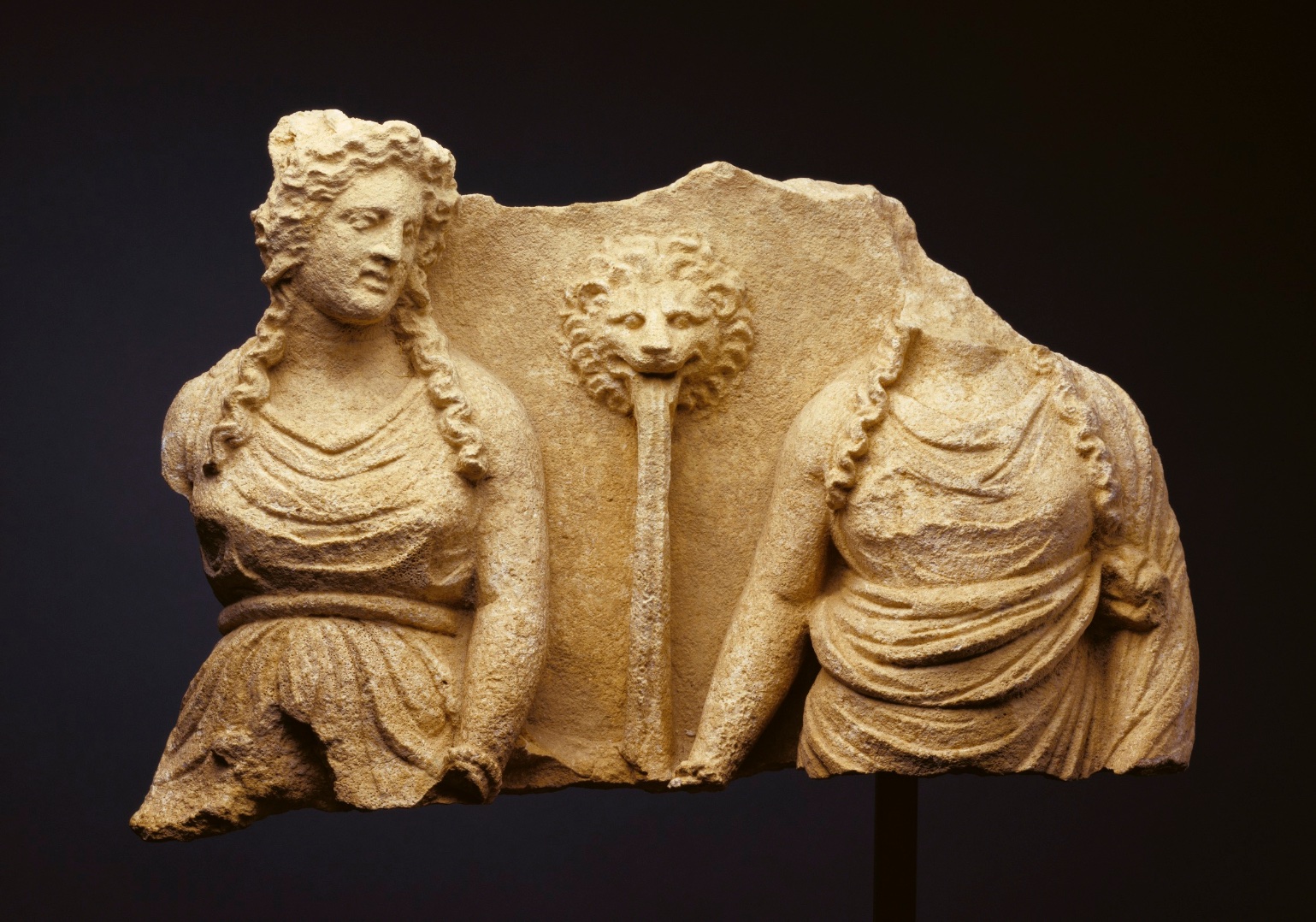When it comes to Roman history it tends to be just that: His Story. The tale of the Republic and Empire focuses on the heroic generals, stout lawmakers, and honest citizens, all of whom were male. A close examination of the texts and monuments of Rome show that there were women who wielded considerable power, though often veiled modestly behind the role of wife and mother. Here we pull back the curtain to reveal ten women who shaped the Roman world.
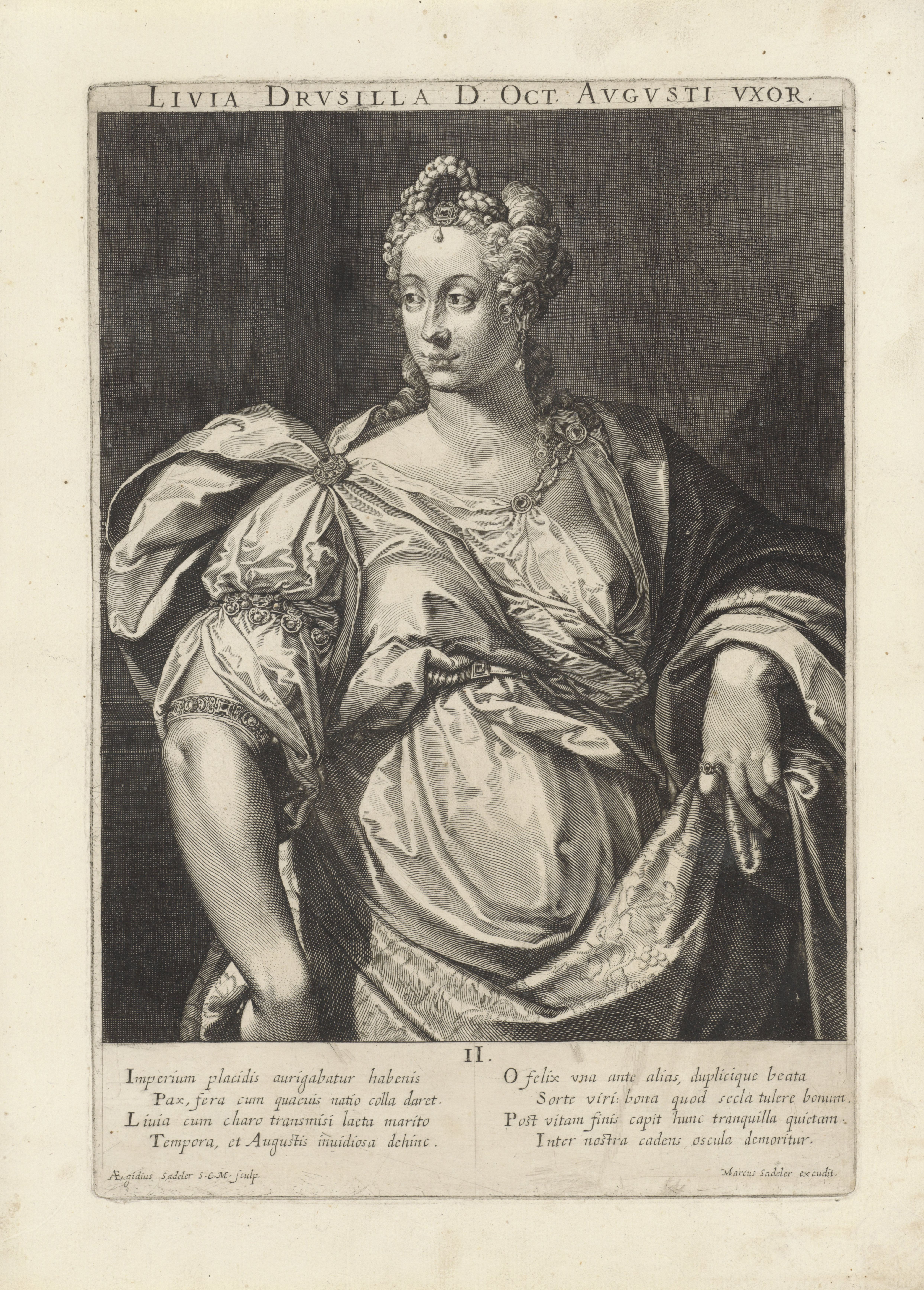
10. Livia Drusilla
Livia Drusilla was wife to the Emperor Augustus for 51 years. By all accounts Livia was as dutifully modest and industrious as a Roman matron was supposed to be. Yet she worked hard behind the scenes to keep the Imperial System running by advising Augustus. Her patronage was sought after and her sons by a previous marriage both benefited from it. Potential heirs more closely related to Augustus either died or were exiled, and ancient historians report rumours of Livia having a hand in their demise. Whatever the truth of the allegations Livia’s descendents were the ones to hold the Imperial throne after Augustus’ death. She continued to manage affairs of state into her son Tiberius’ reign. After her own death she was deified as a goddess; The Divine Augusta.
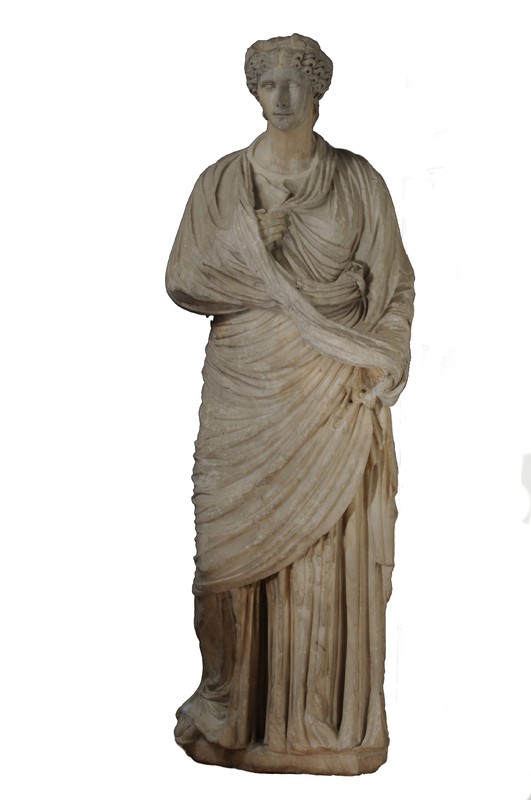
9. Agrippina the Younger
Agrippina the Younger was great-granddaughter of Livia and seems to have learned how to be a pushy parent from her ancestor. Agrippina married her uncle, the emperor Claudius, and brought to the Imperial Palace her son, the future emperor Nero. Claudius had his own son, Britannicus, who was his obvious heir. Nero, older than the emperor’s son, had something his step-brother lacked: Agrippina’s support. On Claudius’ death, in which Agrippina was thought to have had a hand, Nero was placed on the throne and Britannicus sidelined until his own suspicious death.
Nero relied on his powerful mother for the first few years of his reign until he began to chafe under her guidance. When his assassins reached her Agrippina she instructed them to stab her in the womb which had produced such a monstrous son.
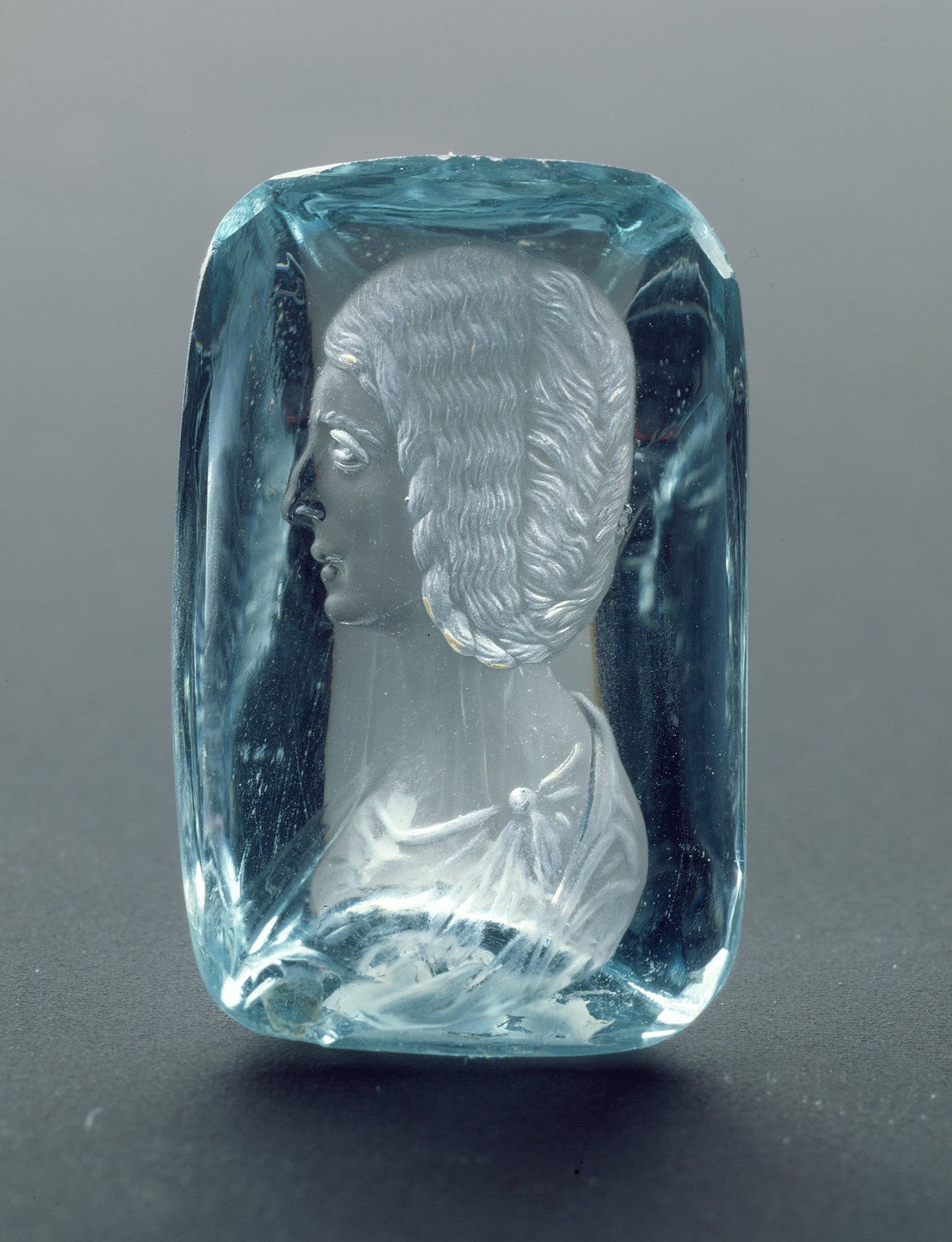
8. Julia Domna
Julia Domna was wife of Emperor Septimius Severus, the last man standing after the year of the five Emperors in 193CE. Julia Domna followed her husband on his many campaigns to secure his empire, winning the title Mater Castorum – Mother of the Camp. A woman of culture and learning she encouraged philosophy in Rome and sponsored building works. Her likeness graced coins. On the death of her husband Julia Domna became the mediator between their sons Caracalla and Geta who loathed each other but were to share the rule. Caracalla murdered his brother and ruled alone, souring his relationship with his mother somewhat. She still travelled with Caracalla on a campaign against the Parthians though. There he was assassinated and his mother committed suicide.
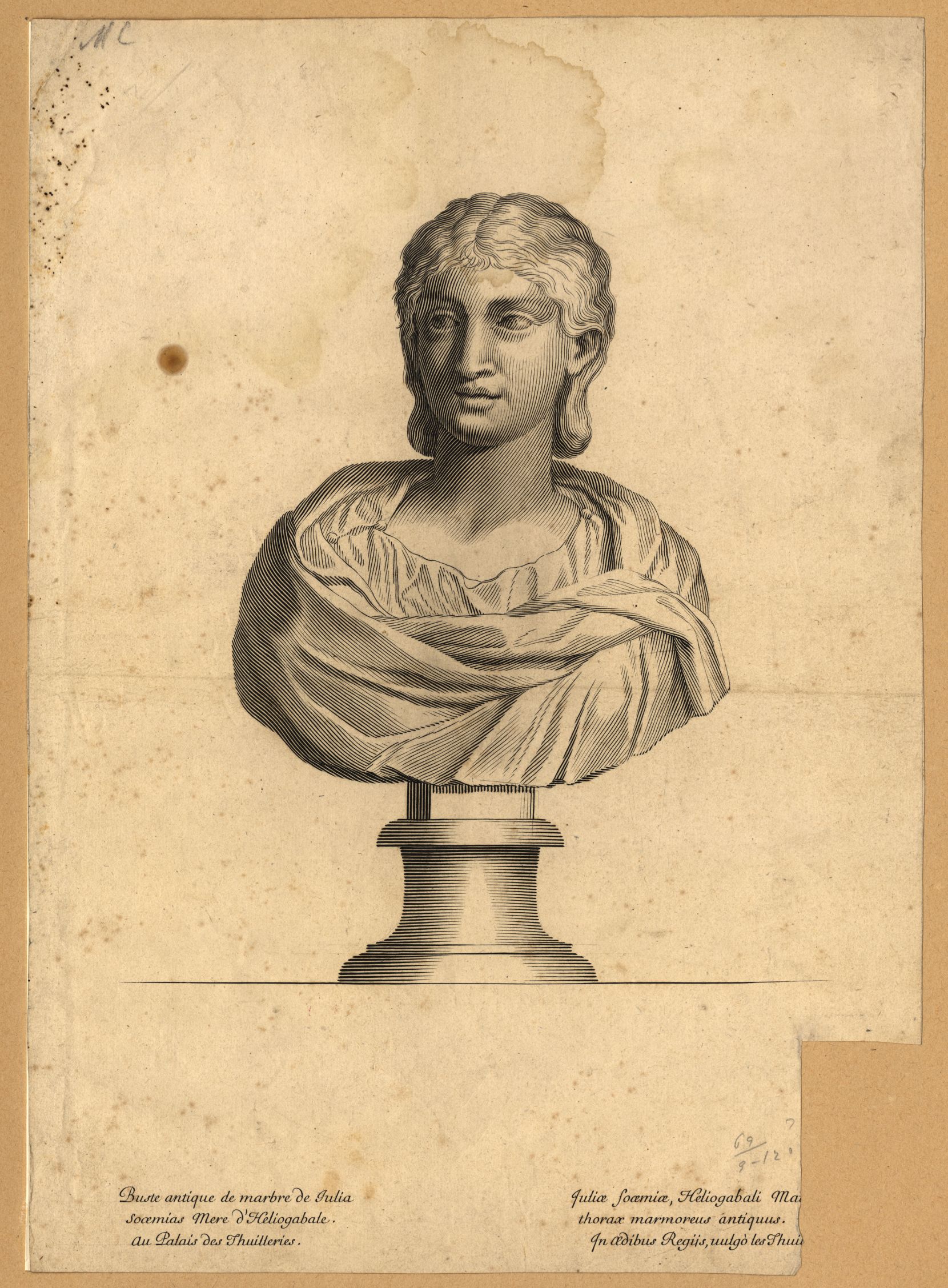
7. Julia Soaemias
On the death of Caracalla and his mother the praetorian prefect Macrinus became emperor. He allowed Julia Domna’s relatives to retire to Syria. This proved a mistake. Julia Soaemias was niece to Julia Domna and had a son that she thought would make a fine emperor. Plotting with others and using her wealth she raised a rebellion which soon overthrew Macrinus. Her son Elagabalus, aged 14, was made emperor but Julia Soaemias was the real power in Rome. She was the first woman to be allowed into the Senate. Her son, however, caused problems. He devalued the currency, annoyed the Senate, worshipped foreign gods, took male lovers, and married a Vestal Virgin. Turning on the emperor the Praetorian Guard killed him and his mother.
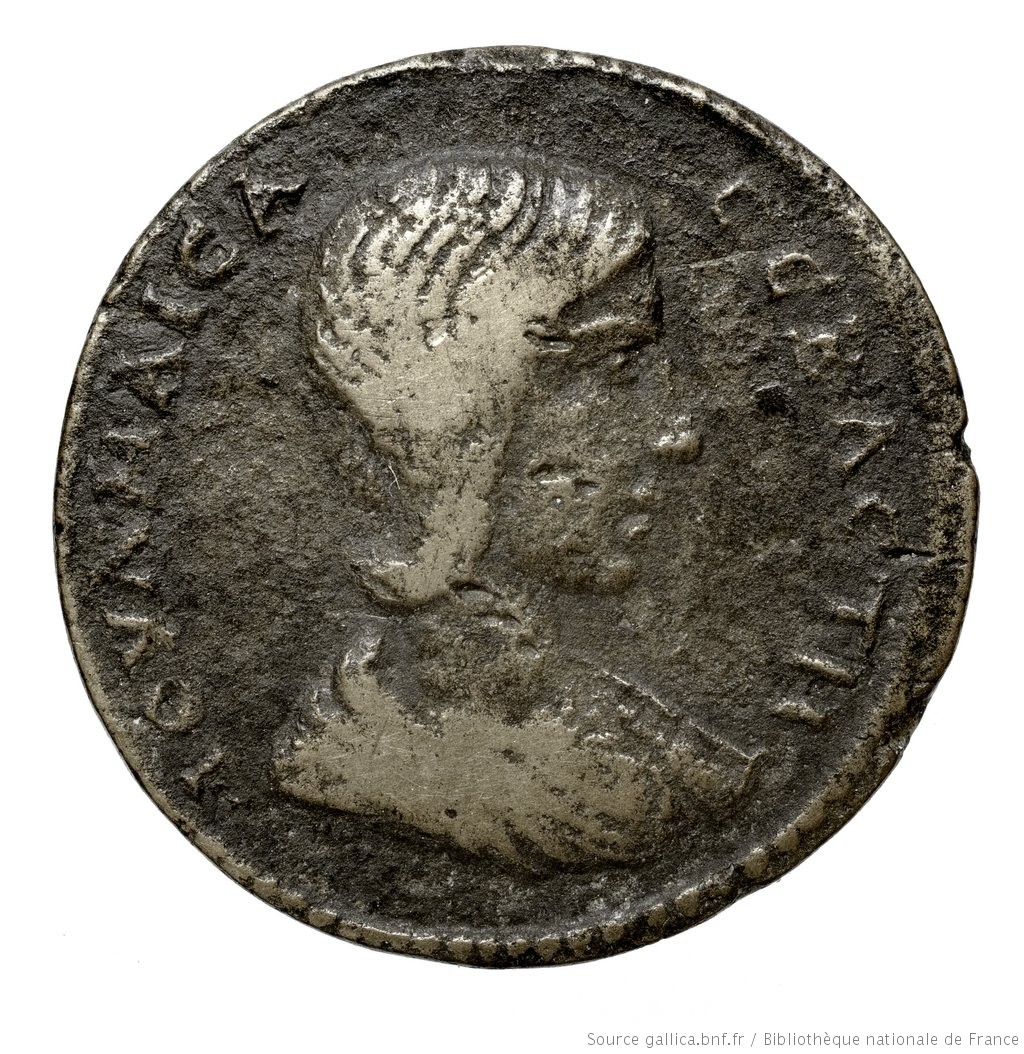
6. Julia Maesa
Julia Maesa was mother to Julia Soaemias and sister to Julia Domna. She had helped to overthrow Macrinus to push her grandson Elagabalus onto the throne but she soon saw how unpopular the young man was. She decided to replace him and his mother with her other daughter, Julia Mamaea, and Mamaea’s son Alexander Severus. She made Elagabalus adopt Alexander Severus as his heir and lavish honours on him. When Elagabalus fell the Praetorians appointed Alexander Severus as the new emperor. Julia Maesa was made into a goddess after her death by a grateful Alexander Severus.
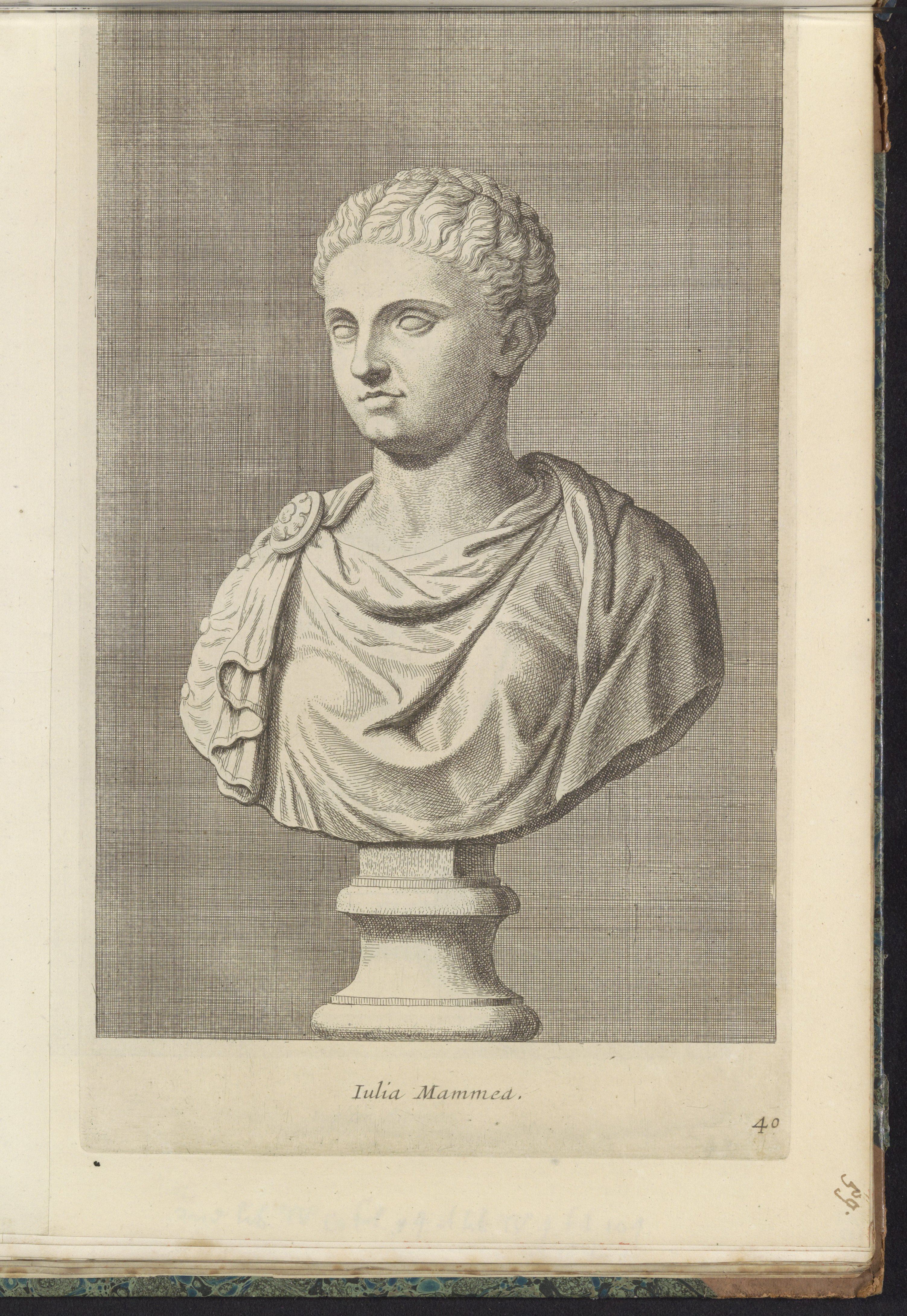
5. Julia Mamaea
Julia Mamaea would prove to be the last of the powerful women of the Severan dynasty. When her son Alexander Severus became emperor he was 14 years old. In need of a regent it was his mother who governed Rome. Julia Mamaea had the reputation of being a traditional Roman matron, but her effective leadership pushed her far beyond that role. She reversed Elagabalus’ more absurd decrees and stabilised the empire. When Alexander Severus came of age he named his mother as Imperial Consort and relied heavily on her direction. Unable to brook a female rival she had Alexander’s first wife exiled. While campaigning against the German tribes Alexander’s troops rebelled. They found the emperor in his tent clinging to his mother. Both died.
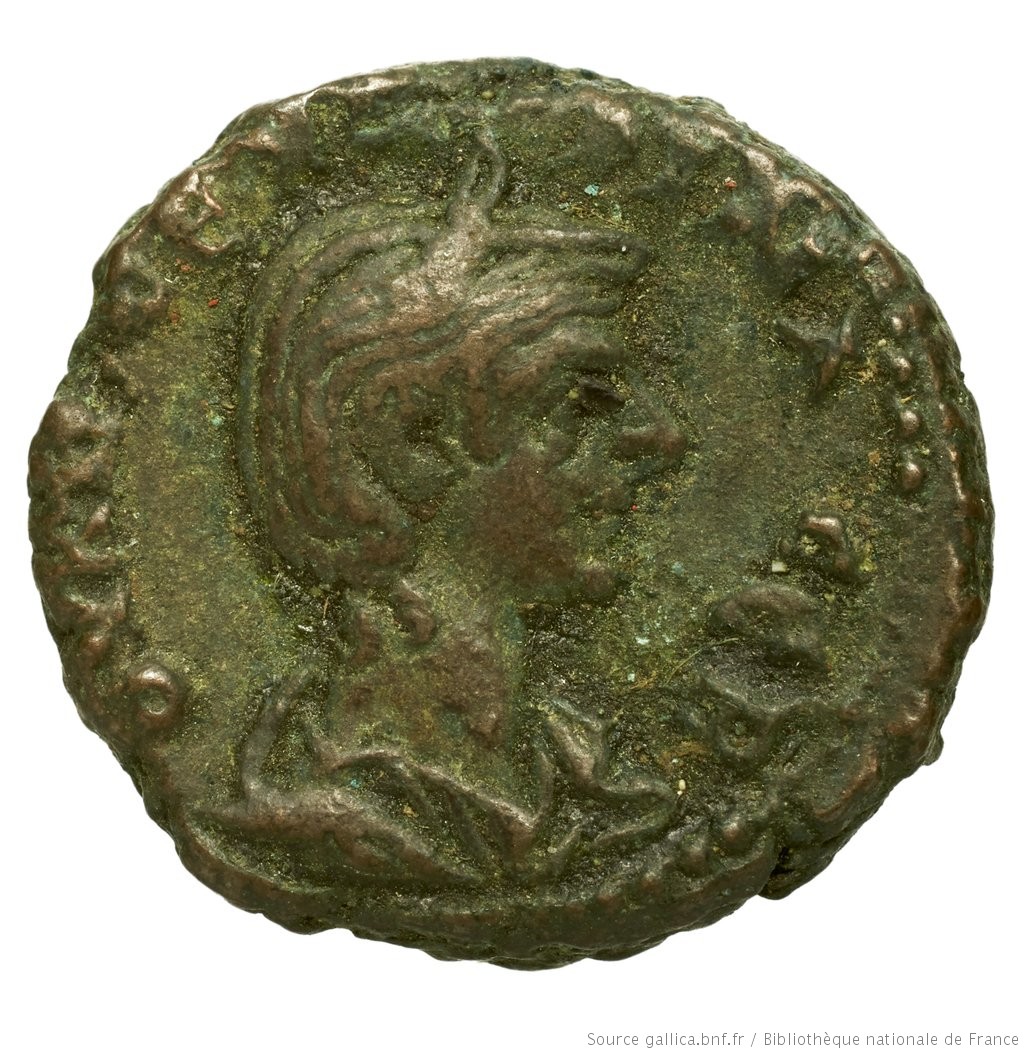
4. Ulpia Severina
Following the downfall of the Severan dynasty the Rome Empire was plunged into a tumult of rival emperors and disasters known as the Crisis of the Third Century. This period came to an end when Aurelian became emperor. He attacked rivals, conquered lands which had been lost, drove out invaders, and reunified a shattered empire. His rule was important but short, ending when he was assassinated. The sources tell us that after his death there was a significant period before the succession of the next emperor. It is possible that in this time the ruler of the Roman world in her own right was Ulpia Severina. Coins have been found which date after the death of her husband which carry Ulpia Severina’s image. She may have had a hand in choosing the emperor who followed her slain husband. Nothing is known of her later life.
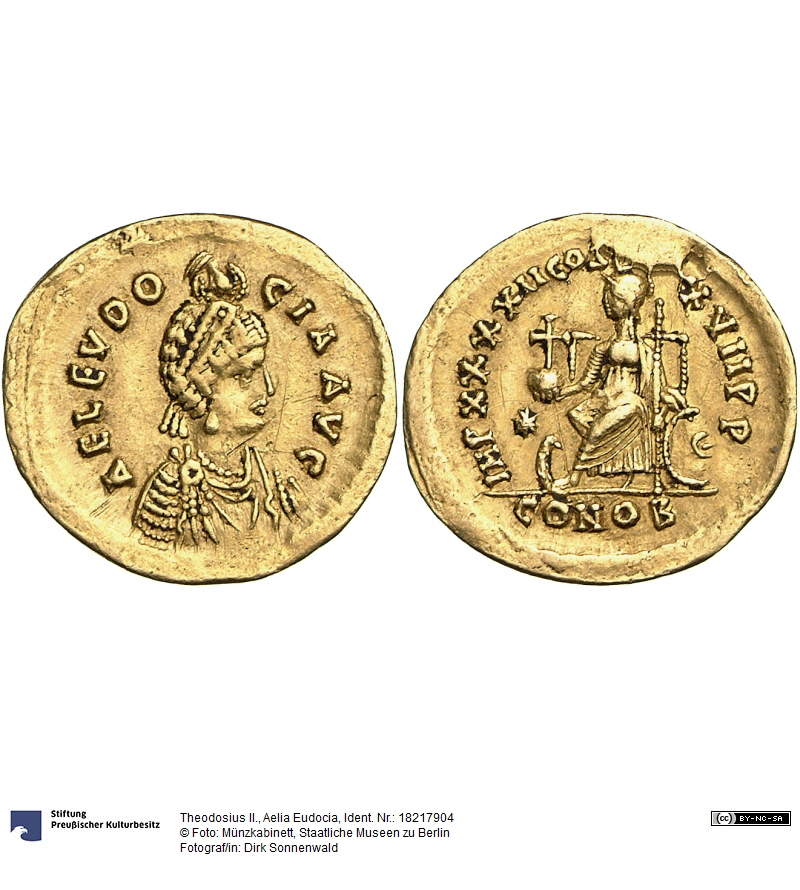
3. Aelia Pulcheria
Aelia Pulcheria was born into the ruling family of the Eastern Roman Empire in the late 4th century CE. Her father died leaving Pulcheria’s 7 year old brother the throne. At 15 she dismissed the officials ruling on her brother’s behalf and claimed the rule as his guardian. She then took a vow of perpetual virginity to avoid having to take a husband. Under her leadership the court became a pious one. Her brother proved a weak ruler and Pulcheria continued to guide affairs. On his death Pulcheria ruled the empire alone for a month. Due to her sex she was not considered suitable as a ruler and she was forced, despite her vow of chastity, to marry a husband to share the rule. Her husband was made to swear that he would respect her vow and the marriage was never consummated.
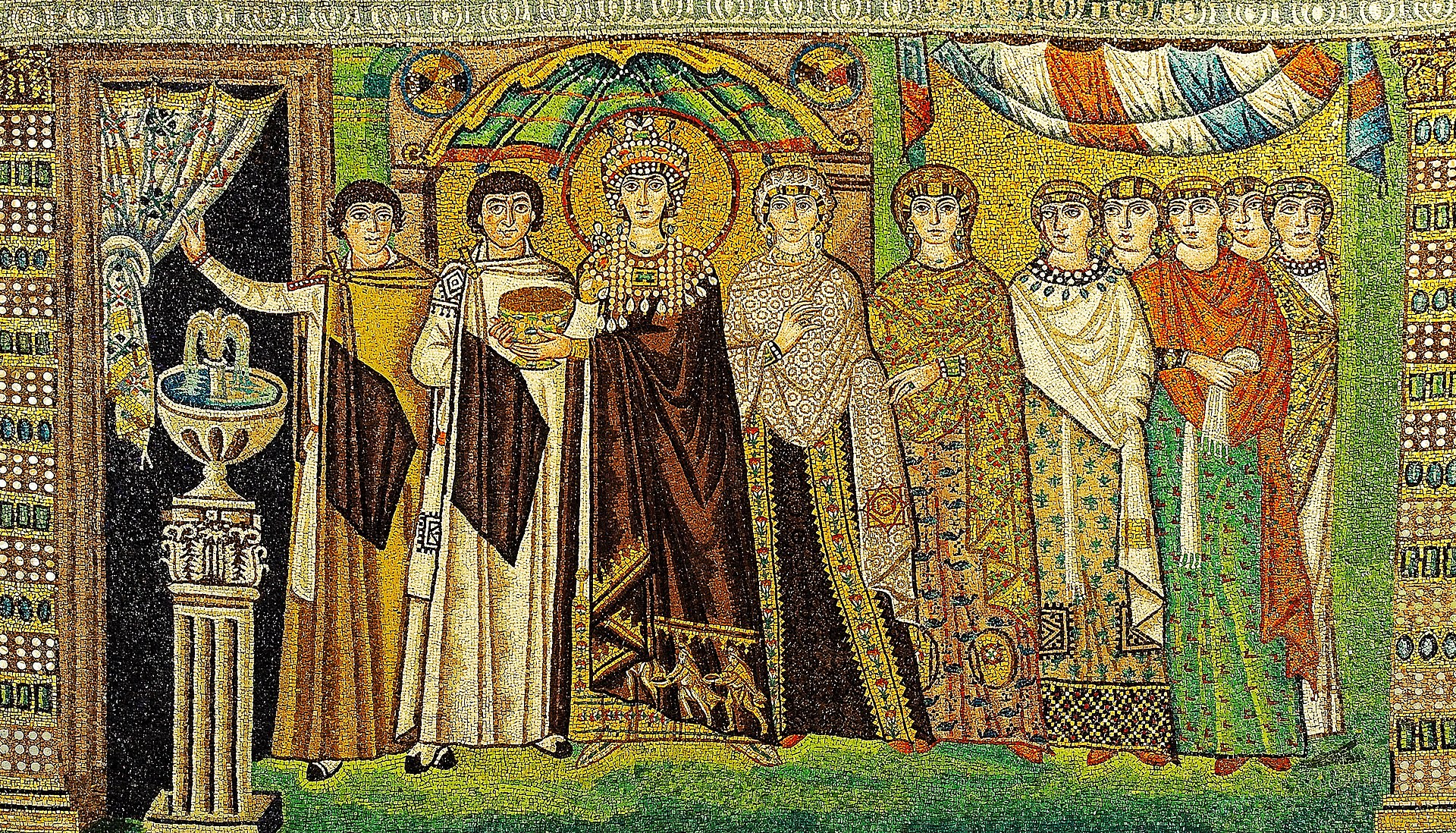
2. Theodora
Unlike the others on this list Theodora was not born in high society. Her father trained bears and her mother was an actress. Theodora followed her mother onto the stage and may have served as a prostitute. Retiring from her disreputable professions she met Justinian, heir to the throne. Winning his affections they married despite legal difficulties and opposition within the imperial family. When her husband became emperor, Theodora was a powerful presence at court. When riots threatened to topple Justinian it was Theodora who argued against fleeing but to stay and fight. Her protégés rose to positions of enormous power. She used her husband’s reforms of the legal system to improve the rights of women.
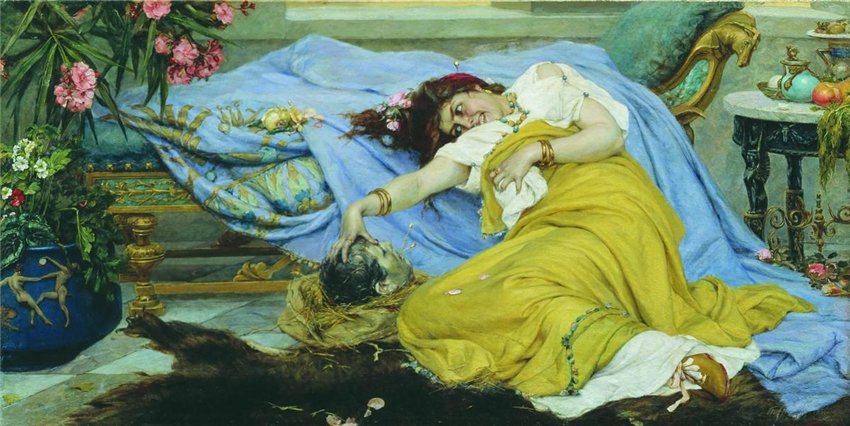
1. Fulvia
Fulvia lived in the exciting last days of the Roman Republic and moved in influential circles. She married Mark Antony and was seen as a partner in his political career. Fulvia defended her husband from Cicero’s brutal linguistic attacks. When Cicero was killed we are told that Fulvia stabbed the tongue of his decapitated head with her hairpin to get revenge on the vile things he had said about her. When Mark Antony and Octavian left Rome to pursue Caesar’s assassins Fulvia was thought to be the one running the city in their absence.
When Antony and Octavian split the Roman world between them she remained in Octavian’s West and proved a thorn in his side. Stirring up troops against Octavian she raised eight legions and occupied Rome. She was defeated, unsupported by her husband Antony, and died. She was the first living woman to have her face on a Roman coin.
For more on the incredible men and women of the ancient world subscribe to All About History for as little as £26.
